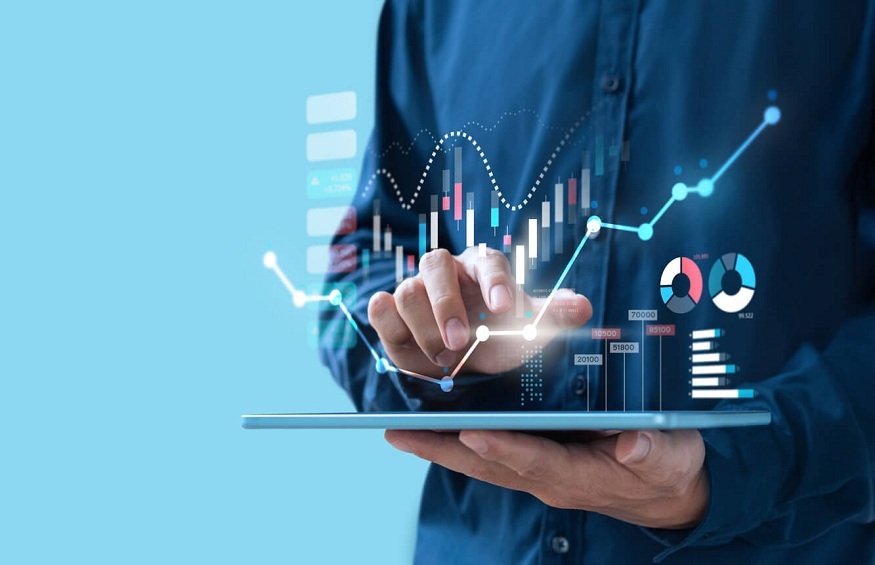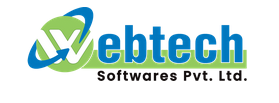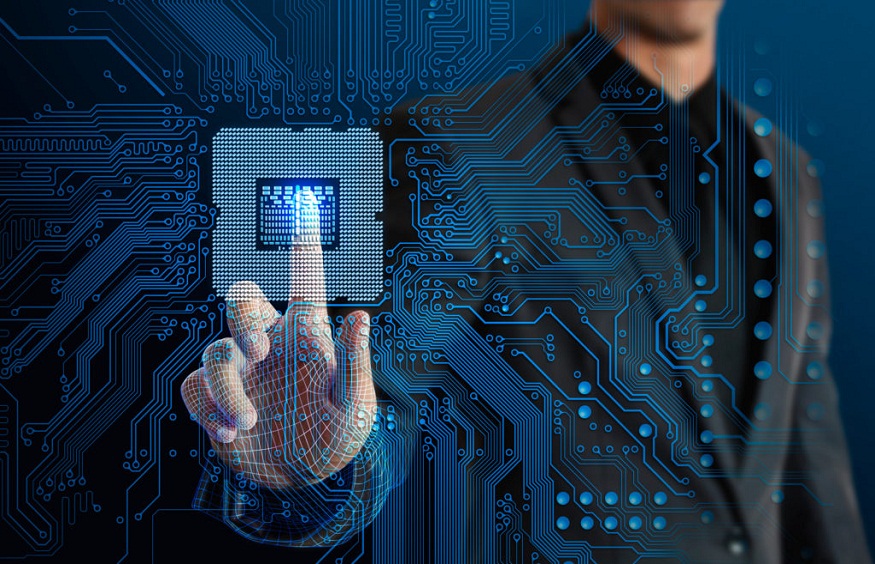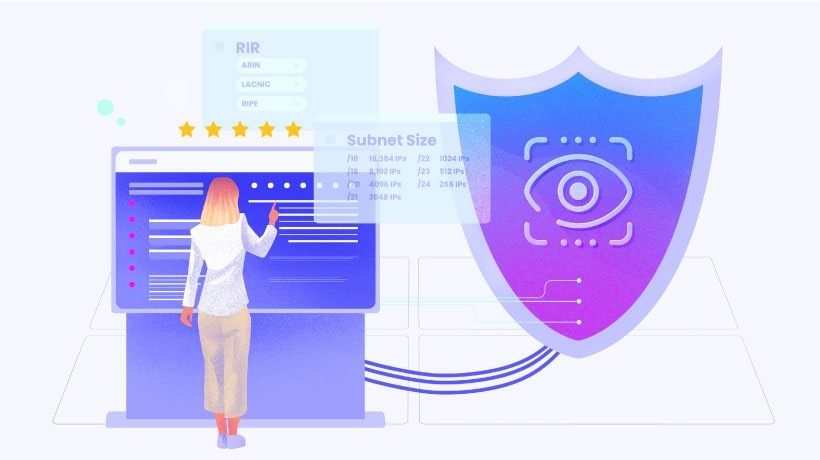
In the ever-evolving landscape of information technology, businesses face the challenge of maintaining a robust and efficient IT infrastructure. To streamline operations, increase productivity, and minimize downtime, Remote Monitoring and Management (RMM) has emerged as a powerful solution. In this comprehensive guide, we will explore everything you need to know about Remote Monitoring and Management and its transformative impact on modern businesses.
What is Remote Monitoring and Management (RMM)?
Remote Monitoring and Management (RMM) is a proactive IT management approach that enables businesses to monitor and control their IT systems, networks, and endpoints from a centralized location. RMM tools utilize advanced monitoring and automation capabilities to remotely track the health, performance, and security of devices and networks in real-time. PSA RMM refers to integrating an RMM solution and PSA tool into an MSP infrastructure. IT teams can access a comprehensive dashboard to view critical data, identify potential issues, and execute necessary actions to ensure seamless operations.
Key Components of RMM
Remote Monitoring: RMM tools continuously monitor a wide range of devices, including servers, workstations, laptops, mobile devices, and network devices. IT administrators gain instant visibility into system performance, resource utilization, network traffic, and application health, through complete remote monitoring.
Automated Patch Management: RMM facilitates automated patch deployment across various devices and software applications. This ensures that systems are up-to-date with the latest security patches, minimizing vulnerabilities and potential cyber threats.
Proactive Maintenance: RMM enables proactive maintenance by predicting potential issues before they escalate. It performs regular health checks, monitors hardware health, and assesses system logs to identify signs of potential failures.
Endpoint Security: RMM tools play a crucial role in endpoint security by monitoring devices for security breaches, unauthorized access, and suspicious activities. In case of security incidents, immediate actions can be taken to mitigate risks.
Benefits of Remote Monitoring and Management
Enhanced Productivity: RMM empowers IT teams to focus on strategic tasks rather than repetitive and time-consuming manual monitoring. Proactive maintenance and automated processes lead to increased efficiency and reduced downtime.
Minimized Downtime: By continuously monitoring system health and identifying potential issues in real-time, RMM helps prevent system failures and unplanned downtime. This results in improved system reliability and uninterrupted business operations.
Improved Security: With advanced endpoint security features, RMM ensures that devices are protected against potential cyber threats. Automated patch management and real-time security monitoring enhance overall network security.
Cost Savings: RMM eliminates the need for on-site IT visits and reduces manual intervention, resulting in cost savings for businesses. The proactive approach minimizes expensive emergency support and downtime costs.
Scalability and Centralization: RMM solutions are highly scalable and can cater to businesses of all sizes. Centralized monitoring and management allow IT teams to oversee multiple locations and devices from a single dashboard, streamlining operations.
Compliance and Reporting: RMM tools facilitate compliance with industry regulations by providing comprehensive reporting and audit logs. This ensures businesses meet the necessary requirements and maintain data integrity.
Challenges and Considerations
While Remote Monitoring and Management offers numerous advantages, there are some challenges and considerations to keep in mind:
Initial Setup and Integration: Implementing an RMM solution may require initial setup and integration with existing systems, which can be time-consuming.
Data Security and Privacy: As RMM involves remote access to critical systems and sensitive data, ensuring robust security measures and data encryption is essential to protect against potential breaches.
IT Team Training: To maximize the benefits of RMM, IT teams may require training to effectively use the tools and interpret the data provided by the monitoring system.
Conclusion
Remote Monitoring and Management (RMM) has become an indispensable tool for businesses seeking to optimize their IT management processes. Despite challenges, the long-term benefits of RMM far outweigh the initial investment, making it an invaluable asset for modern businesses looking to streamline their IT operations and drive growth.



